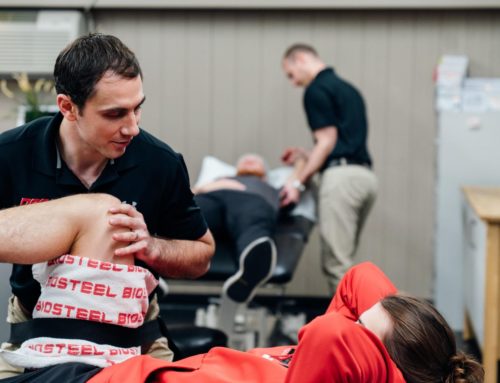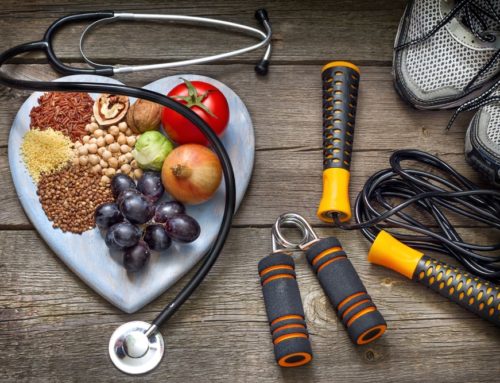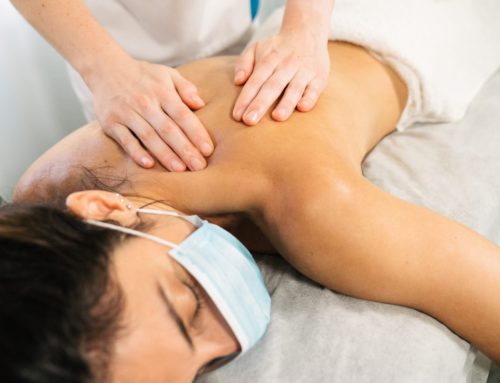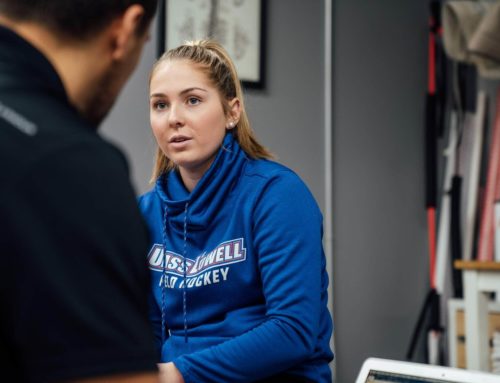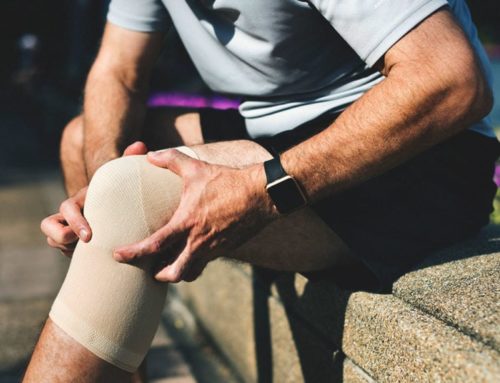At this time of year, most runners are wrapping up their running season and starting to plan for next year. This is a great time for runners begin a strength and mobility program that will help them build strength and resiliency for the next season.
Strength training can actually help you become a more efficient and faster runner. A 2008 study looked at the effect of strength training on running economy, meaning the amount of energy needed to maintain a sub-maximal pace. At the end of 8 weeks of strength and endurance training, the runners saw significant improvements in running economy, rate of force development and time to exhaustion at maximal aerobic speed, all of which contribute to a faster pace and less energy expended [i].
As a runner, a physiotherapist, and a busy mom, I have a few favourite exercises that will give you the biggest bang for your buck when strength training this off-season. Focusing on strength and mobility now, will help you prepare your body to be stronger next season and prevent future injuries.
Single Leg Deadlift with an Overhead Press
Why do I like it? It’s really important for runners to have a strong posterior chain (the group of muscles on the back of your legs which include the hamstring, gluteal and calf muscles). These muscles work from a lengthened position to a shortened position from the point when our heel hits the ground to when our body is over top of our leg during the running gait. The best way to strengthen these muscles is in a way that is similar to how they work when we are running – in a lengthened position. A deadlift is a great exercise for this. Making the deadlift a single leg activity mimics the activity of running a bit more (as running is basically a single leg squat on one leg followed by a single leg squat on the other leg) and adding in the overhead press (and even a knee raise) will bring in more of a balance challenge to the exercise.
Start by standing on one leg, holding a 5-10 lb weight in each hand. Hinge forward from the hip, keeping the back straight, until you feel a pulling sensation in the hamstring muscle. Drive your heel into the ground as you rise back up and lift the weights up overhead, pressing the weights up over your shoulders. Remember to breath out during the exercise to help you engage your core and try to keep your rib cage stacked over your pelvis.
Aim for 15-20 repetitions on each side, 3-5 set.
Lunge with a Figure-8
Why do I like it? Lunges and squats are some of the best lower-body exercises. They are compound movements involving all the major muscle groups in your legs, including your glutes, hamstrings, quadriceps and calves. This exercise works to build muscle in the leg, which can give you more power in your stride and improve running economy so you can push harder. Adding the arm movement is a nice way to include some upper body work and challenge your core.
Start in a standing position, feet hip width apart. Hold a 5-10 lb weight in both hands. Step forward into a lunge position, and make a circle with the weight by bring it towards the outside of the front knee then to the inside of the front knee. This will make a small figure 8 with your arms. Step back into the starting position. Then repeat the above movement but step forward with the opposite foot.
Aim to complete 10 repetitions on each side, 3-5 sets.
Single Leg Bridge
Why do I like it? This could be my all time favourite exercise for runners. It involves the posterior chain (the muscles on the back of the leg), single leg loading and core stability work. These are all things that are all beneficial to keeping runners injury free. It has also been shown in research to be one of the most effective exercises to activate gleuteus maximus, the largest and powerful buttock muscle [ii].
Start on your back with your knees bent and the soles of your feet flat on the ground. Aim to have knees about hip width apart. Straighten one leg, but make sure to keep your thighs parallel. As you breath out, lift your hips up off the ground into a bridge position, so that your shoulders, hips and knees are all in a straight line. The as you breath in, lower back down to the bed.
Aim to complete 15 repetitions on each side, 3-5 sets.
Hamstring Walkouts
Why do I like it? Similar to the first exercise, this exercise targets that posterior chain and also works the hamstrings in a lengthened position. It also adds in a bit of a core challenge, as you have to try and keep your hips level as you move the legs.
Start on your back with your knees bent and the soles of your feet flat on the ground. Aim to have knees about hip width apart. Lift your hips up off the ground into a bridge position, and then walk your feet out slowly away from your body. Move the legs as far out as you can control, then walk them back into the starting position. For a greater challenge, place a slider board under your heels and slide your feet out instead of walking. Focus on slow and controlled movement to make those muscles work even harder.
Aim for 15 reps, 3-5 sets.
Side Plank with a Leg Raise
Why do I like it? This exercise is great as it targets your core and your hip muscles at the same time. In an article by Macadme, P, Croninm L and Contreras (2015) [iii], a side plank with a leg raise was found to be one of the best exercises to specifically target gluteus medius, one of the posterior hip muscles. This muscle is an important muscle to strengthen in patients with knee pain, especially patella femoral pain syndrome (PFPS).
Start on your side, knees bent and bottom elbow tucked under your body. Rise up onto your bottom elbow and knees, so your body forms a straight line from your shoulders to your knees. Then straighten out the top leg, and raise it up towards the ceiling about 45 degrees. When you lift the leg, think about keeping the heel slightly behind your hip to activate more of the buttock muscles and less of the muscles on the front of the hips.
Aim for a 30 second hold, x 3-5 reps on both sides. A great way to progress this exercise is to move from a bent knee to a straight knee so you are on your elbow and your foot.
Written by: Kathleen White, FCAMPT, Orthopedic & Pelvic Health Physiotherapist
References
[i] Storen, O et al. Maximal strength training improves running economy in distance runners. Med Sci Sports Exerc, 2008; 40(6) 1082-92
[ii] Macadam, P, Feser, EH. Examination f gluteus maximus electromyographic excitation associated with dynamic hip extension during body weight exercise: a systematic review. Int J Sports Phys Ther. 2019: 14 (1): 14-31
[iii] Macadam, P, Cronin, J, Contreras, B. An examination of the gluteal muscle activity associated with dynamic hip abduction and hip external rotation exercise: a systematic review. Int J Sports Phys Ther, 2015; 10 (5): 573-91


